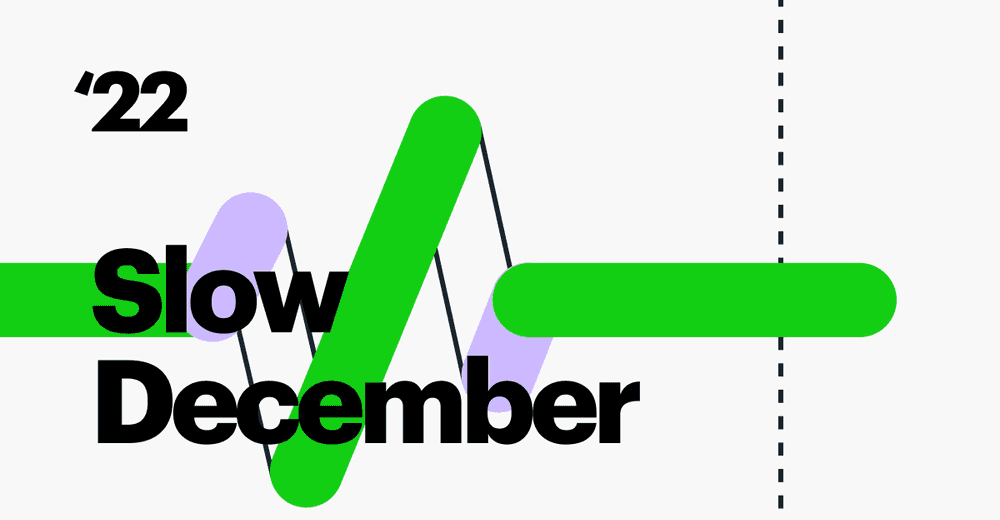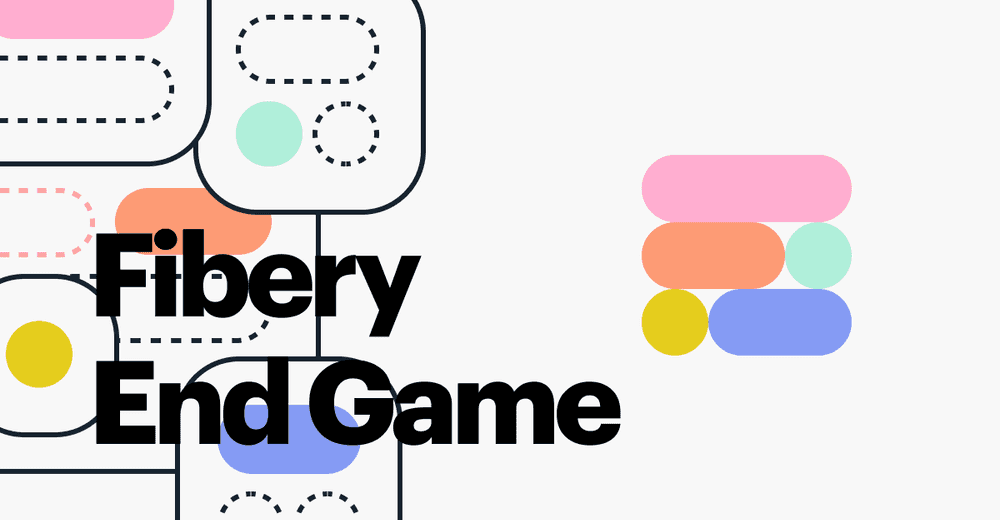Why Fibery Will Make You Feel Stupid
Who is this article for?
Fibery is a no-code tool for knowledge and task management for product teams. In every team, there are people with different backgrounds — some are technical, some are not, and some are familiar with no-code tools while others are not. One sunny day, a guy with a technical background, who might also happen to be a no-code enthusiast, falls in love with Fibery and convinces everyone to switch to it. Some team members are happy, and some suffer enormously.
This post is for those who suffer.

It is intended to make you feel better by sharing my adaptation stages and providing some conceptual standpoints without which it would be hard to understand - or fall in love with Fibery.
Who am I? My role is an Educator, and my work is to help make the best use of the tool. To do that, I need to understand the pain and joy of all user groups. Since I recently joined Fibery, I can relate to the difficulties of those who haven’t used no-code tools before. Remember the pain, frustration, and despair you’ve experienced? I’ve been there. As I climb the steep learning curve, I’ll share shortcuts and tricks that I discover along the way.
If you are a no-code enthusiast with a technical background who convinced everyone to switch to Fibery, grab some 🍿 and prepare to understand and, hopefully, empathize with your team members.
Key to Fibery #1: Freedom of choice does not lead to instant liberation
As the great French philosopher Jean-Paul Sartre said, “Man is condemned to be free, and he is responsible for everything he does.” This could be Fibery’s motto - and a warning for those who are not ready to take full responsibility and control of their processes and data, like me.
I thought Fibery was something like a project management tool with superpowers. Instead, I received a Lego Technic set. It’s a constructor to build one’s perfect workspace without developers, which is where the “no-code tool” comes from. Thanks, Captain Hindsight.
Fibery is often compared with Lego set, so let’s continue with this metaphor.
There are different types of Lego sets:
- For kids aged 1,5-4+ y.o. Simple and large building blocks. The design of the Lego set ensures that a child cannot choke on them, and the blocks can only be assembled in one correct way.
- For kids aged 6-13+ y.o. More complex building blocks. A kid won’t choke because they is already smart enough. They can build fairly complex structures without going too far.
🦄 Unless you’re a no-code enthusiast, you’re here - For teens aged 18+. It’s Lego Technic. You can build moving machines and unleash your creativity without following instructions. If a child dies, that’s not because of the Lego set.

While using Fibery for the first time, I felt like a 2 y.o. kid who had been granted a Lego Technic set. Nothing is predefined; the collection of building blocks is extensive, and you can build whatever you want. I was not ready for “whatever I want”, so that’s how my first week went:

This made me think, “I’m not smart enough for the tool”. After a period of severe frustration, I had a different realization, “Fibery makes me think about how my work is organized and how I want it to be organized”.
Not that I wanted it either.
Key to Fibery #2: Fibery will make you change
There are several things you need to be ready for before getting involved with Fibery.
Acquire new mindset
To understand Fibery, you need to think about how your processes and data are organized. You need to think about data storage, representation, and analysis. In my previous professional life, I thought a lot about processes and information, but never in the terms mentioned above. At first, it might sound too technical. The level of your motivation for change depends on the type of organization you work for and how you want your work to be organized.
And yeah, you need to get used to the fact that there is no “right” answer. Even the power users do not know - they assume, test, and correct.
Appreciate hyperconnectivity and transparency
In one of my previous workplaces, we had a culture of presentations. I constantly created presentations for my team, the larger team, C-level executives, investors, journalists, etc. One of the most effective ways to make our designers freak out was to ask them to make prettier yet another presentation.
Of course, presentations flourished because information was scattered across different departments and even people within a department. You had to figure out who to ask, what to ask, wait for the reply, and then create a coherent story. Design, edit, and repeat. Ah, you also have enabled two-factor authentication for all work tools, haven’t you?

Fibery abolishes many tools and processes - internal presentations are one of them. You can trace all connections from top to bottom and bottom to top. You can search for tasks of any team member, check what a specific developer is working on, and see how many vacation days the CEO has left. This works both ways, as anyone can check what I am currently working on. I have access to all types of documents across all departments, and I can create different views and reports to analyze this data - and make my own conclusions.
The truth is that this is a no-go for some companies and a definite yes for others. Fibery is designed for product companies that prioritize openness and benefit from hyperconnectivity.
I’ll just leave here a link to the awesome post that describes why and how product companies benefit from Fibery - Fibery End Game.
Spare some time
It is time to discuss the steep learning curve of Fibery, and it deserves its own paragraph.
Key to Fibery #3: Feeling stupid is a part of educational process
Well, the superb ability to provide context and capacity to make it your own. The learning curve is a “bit” steep, but that’s the price for what I call team dream.
– Jakub Dubec from Localazy
To feel happy with any task and management tool, you need to:
- Step 1. Have motivation for change
- Step 2. Understand your needs
- Step 3. Replicate what is in your mind using a tool
- Step 4. Onboard others and make them love (or tolerate) your solution
On your way, you’ll experience some issues. Here is the tentative list (not in the order of appearance):
- 😨 You don’t understand how to replicate your existing processes in Fibery.
- 😬 You realize that you actually don’t have processes.
- 😵💫 The interface is not what you’re used to.
- 😳 You don’t know how to formulate a question.
- 🤷♀️ You’re not sure what the best solution or approach is.
- 🤷 You’re not sure what pieces of knowledge you need.
- 🤕 Your non-tech team is explicitly unhappy.
- 😖 You feel lost and stupid.
That’s why Fibery will make you feel stupid - you’ll need to educate yourself and others in order to navigate towards the end goal. Unfortunately, education is quite a challenge, not only mentally but also emotionally. That’s what makes the learning curve “steep”. You would feel stupid, perhaps in front of the people you like. You would fail, and this would hurt. You would remember how your mom pleaded with you to forget philosophy and languages and choose math… Okay, where was I before this digression?
If education equaled transferring relevant information from one brain to another, the world would be a different place.
First and foremost, this applies to users with no prior experience with no-code tools. Although I have witnessed heads of software departments treating Fibery as if it were a popular high school girl - someone they want to hang out with but are unsure of what should be the first move.
In other parts of the survival guide, I’ll get into details of how to become friends with freedom and responsibility - at least within Fibery.
Psst... Wanna try Fibery? 👀
Infinitely flexible product discovery & development platform.



